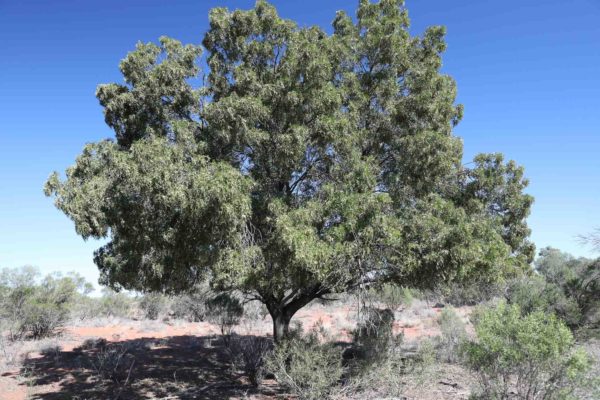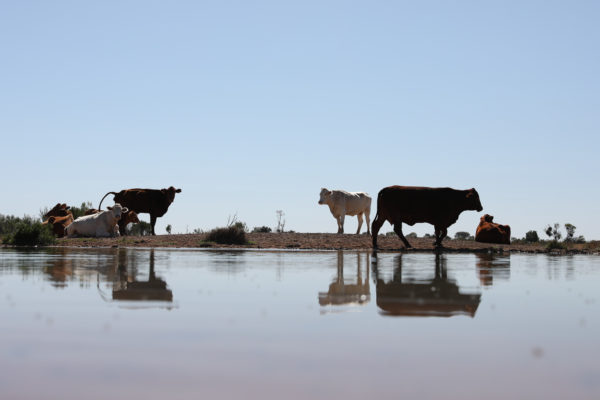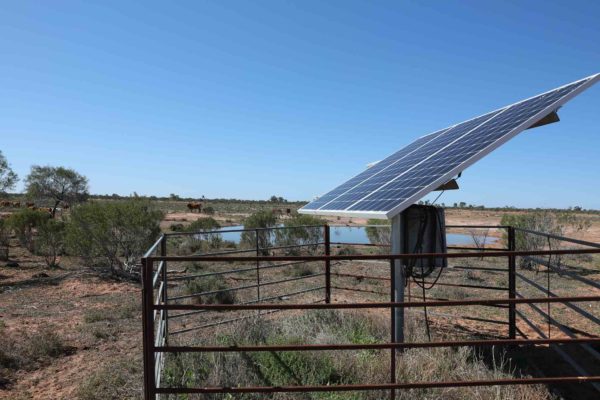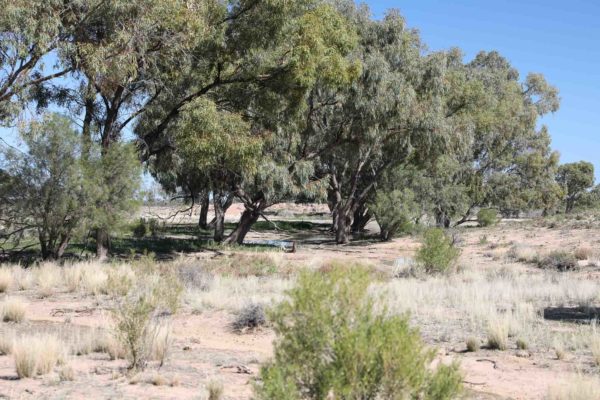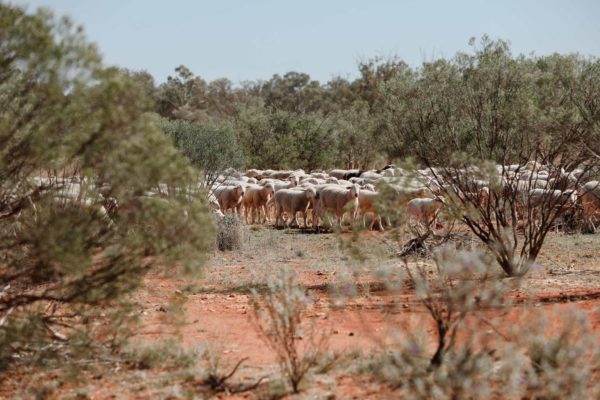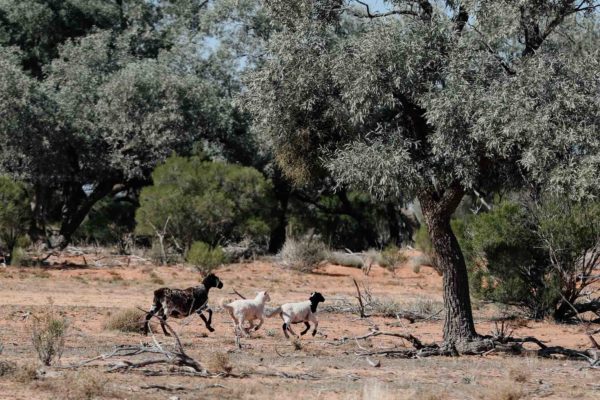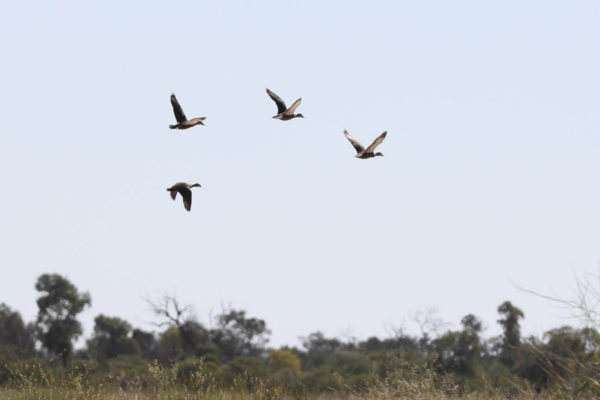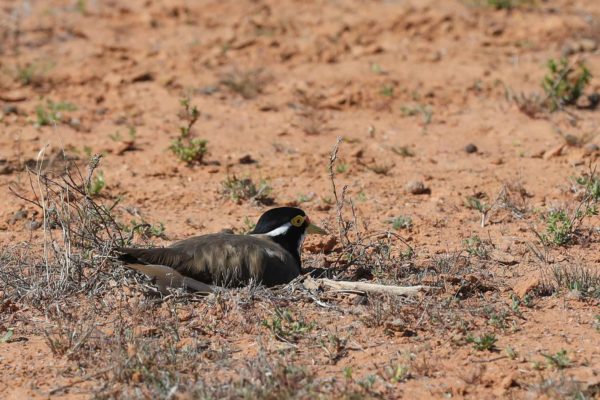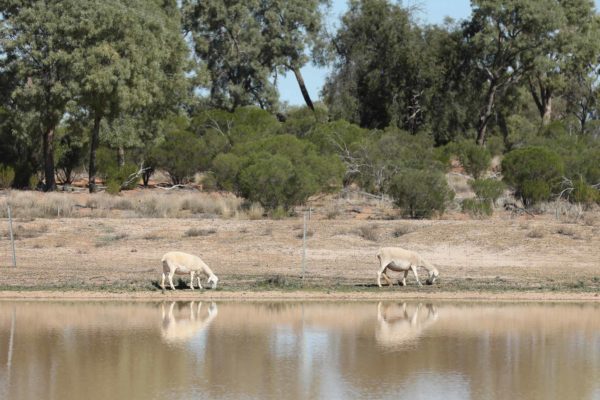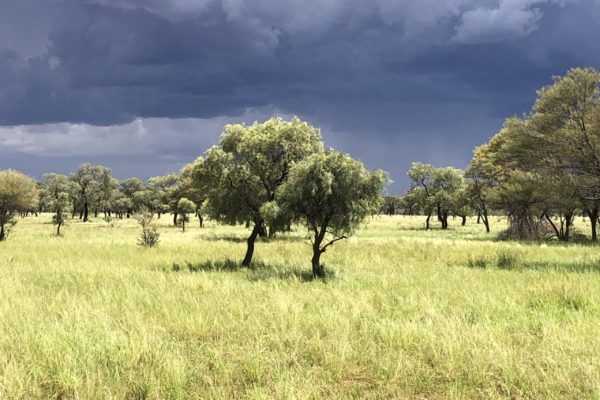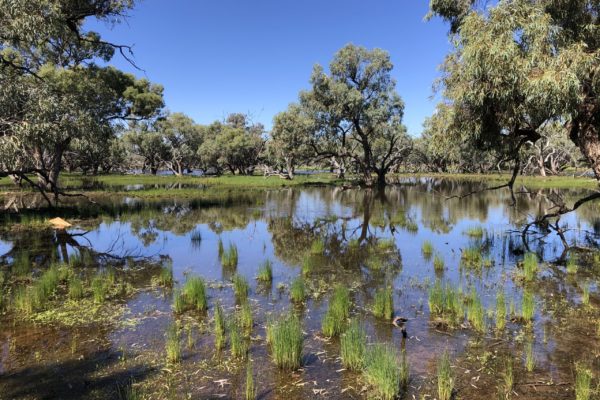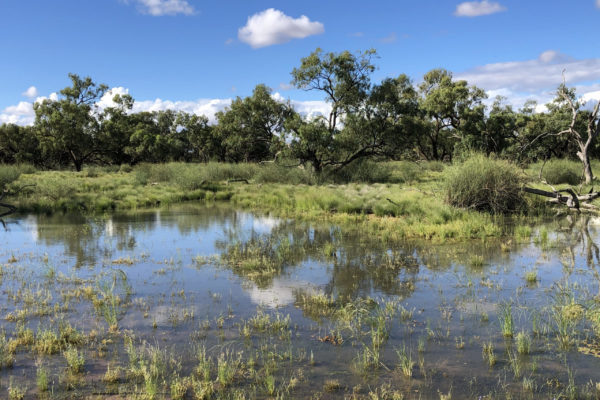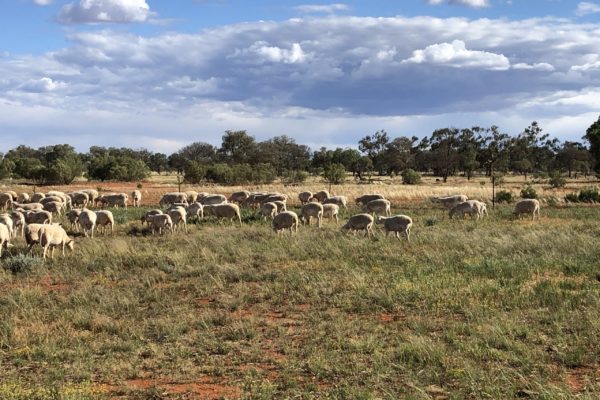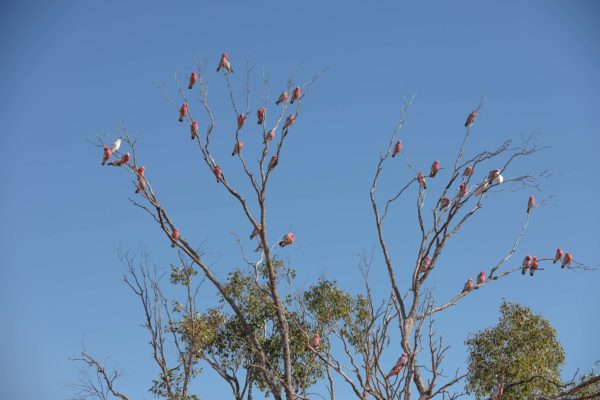Project Information
Dungarvan Human-Induced Regeneration Project
Human Induced Regeneration
Dungarvan is home to a family run livestock enterprise in western NSW. It has been owned and operated by the Leigo family since 1967.
Partnering with GreenCollar in 2015, the Leigo family began a carbon project focused on carefully managing domestic livestock to reduce total grazing pressure and enable previously suppressed native vegetation to regenerate. According to the Leigos, “Carbon farming under the Human Induced Regeneration model has transformed the way our business operates for the better. The grazing management required for our carbon project supports our livestock grazing business. It’s not a case of either carbon or livestock – they work hand in hand.”
As a result of the carbon project, the Leigos have been able to install over 135km of fencing, construct 10 trap yards and create 13 new water points. The project is focused on managing feral animals such as pigs, goats, foxes, cats and wild dogs, monitoring the condition of native vegetation and moving livestock accordingly to introduce periods of true rest, which allow the vegetation to rest and regenerate.
Native vegetation at Dungarvan has flourished under the program, creating a virtuous cycle for the livestock business. According to the Leigos, “The better the condition and extent of our native vegetation, the better our animals perform”.
Carbon farming has provided diversification for the Dungarvan enterprise, levelling the traditional boom-bust cycle of livestock production in the area and providing valuable revenue during dry spells. Native species have also flourished with a recent CSIRO biodiversity report showing increasing numbers of native birds across the property and the landholders report increased sightings of native reptiles, mammals and amphibians including fat tailed dunnarts.
For the Leigos, “Carbon farming has demonstrated that landholders like us can improve environmental conditions and have a successful livestock business. Regenerative grazing systems incorporating carbon farming is the future of agriculture in Australia.”
Key Benefits
UN Sustainable
Development Goals

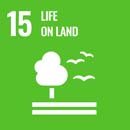
Statistics
Methodology
Human-Induced Regeneration of a Permanent Even-Aged Native Forest – 1.1 Methodology Determination 2013
Registered ID
Date registered
May 2018
Project area
18,284 ha
Permanence
100 yrs
Location
Yantabulla, NSW



